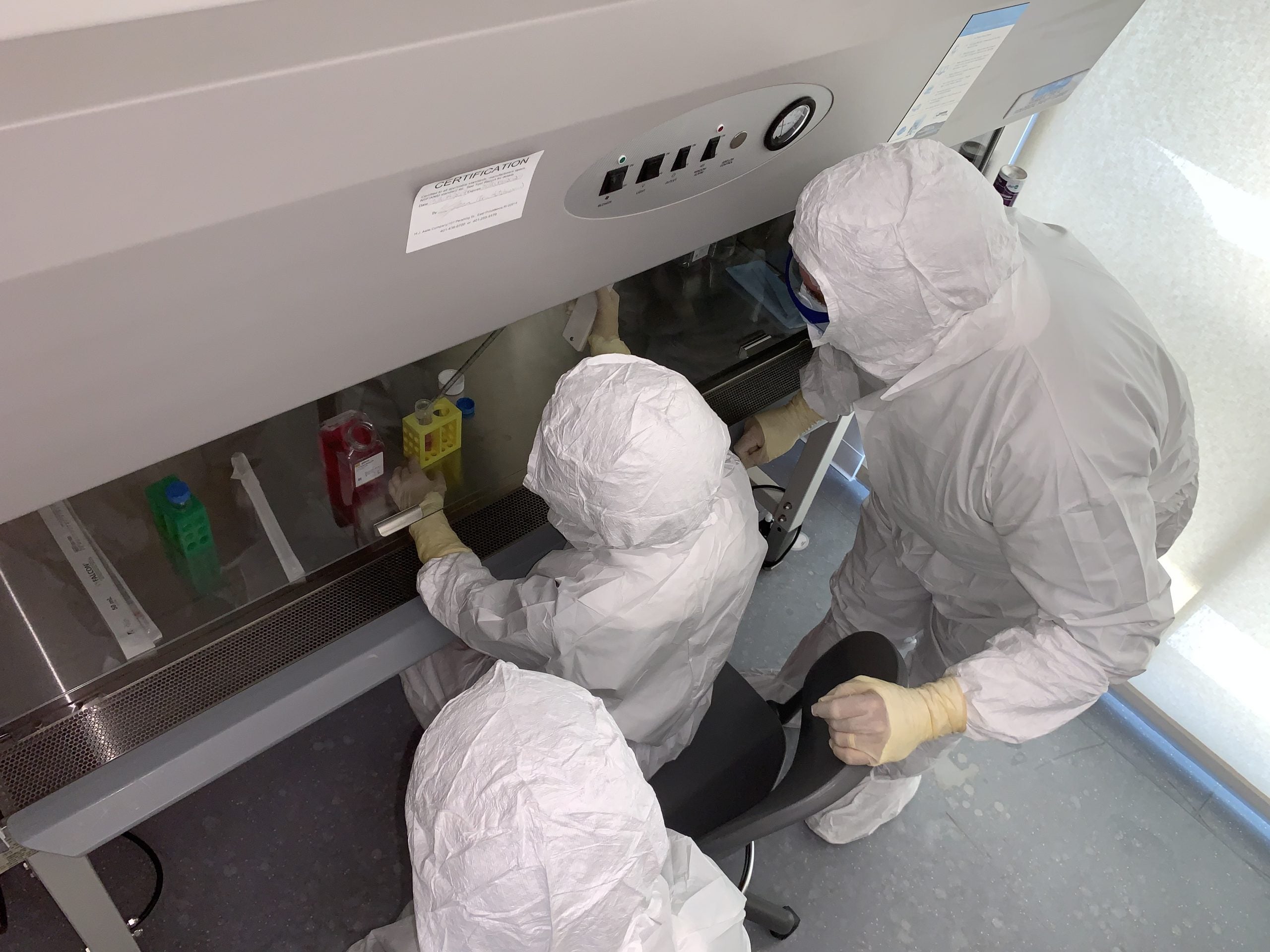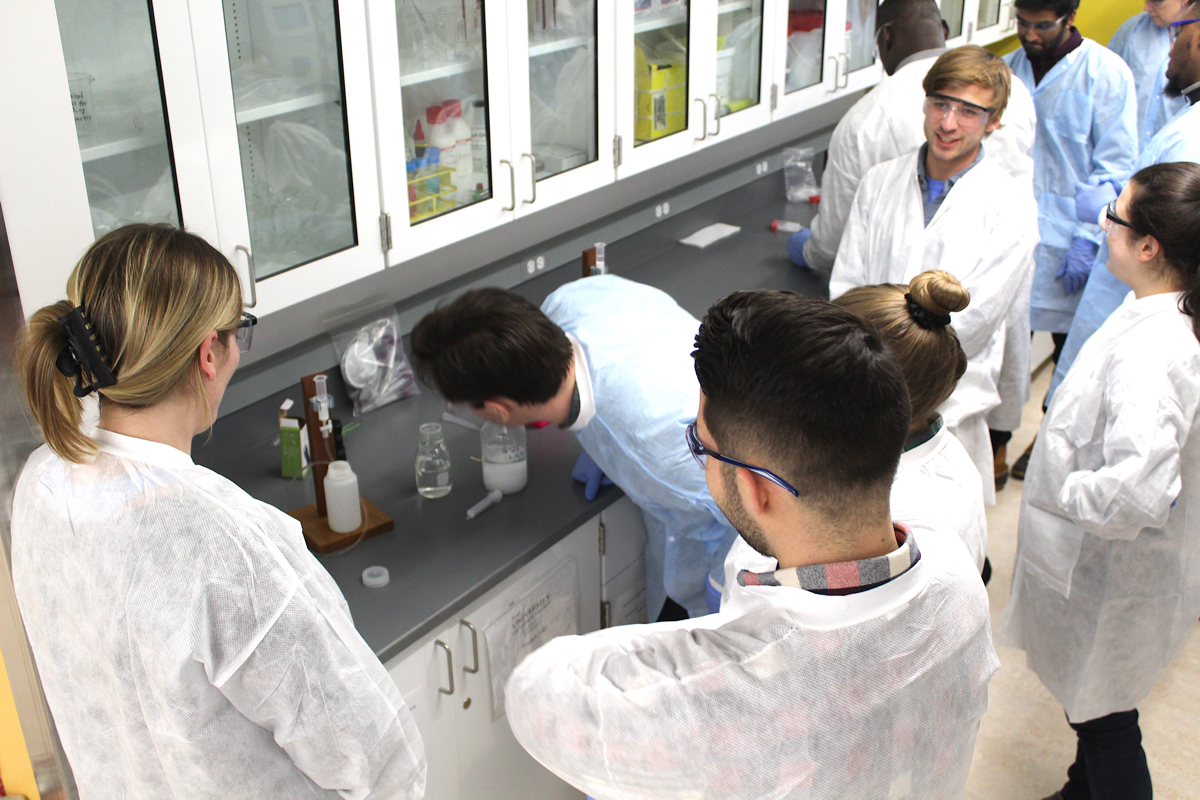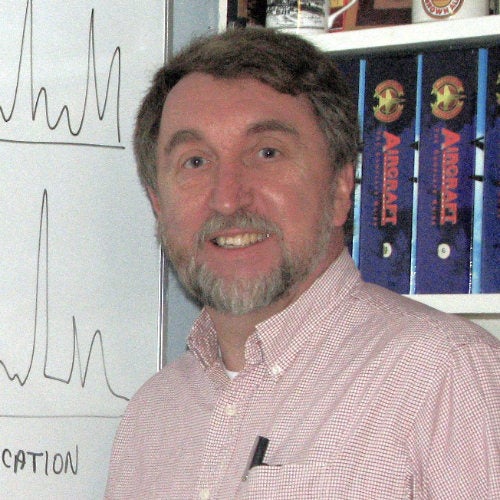This course is designed for biopharmaceutical manufacturers to ensure employees achieve proficiencies in both upstream and downstream biopharmaceutical manufacturing. We begin with the foundational theories of biopharmaceutical processing, then move into the methodologies and principles of mammalian cell culture and aseptic upstream operations. Students learn hands-on techniques for growing and maintaining anchorage-dependent and suspension cell lines. They gain an understanding of the critical parameters involved in aseptic mammalian cell culture within various cell culture vessels, including 2 L bioreactors. Continuing into downstream manufacturing, students learn chromatography basics that specifically apply to biopharmaceutical protein purification. Chromatography resins and applications, as well as hands-on column packing and protein purification are all covered. The students learn the importance of aseptic techniques, and apply this knowledge in our hands-on laboratories.

Objectives
- Attain knowledge and achieve proficiency in both upstream and downstream biopharmaceutical manufacturing.
- We begin with the theories that built the biopharmaceutical industry then move straight into the methodologies and principles that underlie the processes of mammalian cell culture and aseptic upstream operations.
- Perform hands-on techniques for growing and maintaining anchorage dependent and suspension cell lines.
- Understand critical parameters involved in aseptic mammalian cell culture within various cell culture vessels including 2 L bioreactors.
- Understand and integrate cell culture methodologies and techniques with performance indicators in order to optimize individual proficiencies.
Who should attend this course?
Course work and laboratory exercises are designed for individuals working in the Biomanufacturing industry including roles such as Upstream and Downstream Technicians, Quality Assurance, Quality Control, Bioprocess Engineers, Facilities and Plant Operations

Delivery
In-person lectures and hands on activities in a simulated GMP facility.
- Duration: 3 Days
- Time: 8:00am to 4:00pm
- Location: Kingston, RI
- Max Number of Participants: 15
Instructors
Instructor, Purification
Content Outline
Lectures
Day 1
- Trends in the industry
- Creation of a genetically engineered cell line
- Chinese Hamster Ovary cells to produce therapeutic antibodies
- Cell banking operations
- Regulatory and clinical trials
- Utilities
- Overview of biomanufacturing processes: upstream
- Clean room gowning
- Cell inoculum
- Cell scale up
- Benchtop bioreactors to single use systems
- Cell harvest and in-process release testing
Day 2
- Protein Concentration and Purification
- Types of chromatography
- The mobile phase
- The stationary phase
- Resins
- Wash buffers
- Elution buffers
Day 3
- Viral interaction and removal
- Viral anatomy
- Viral reduction
- Viral inactivation and removal
- Cleaning, sterilization, and environmental monitoring
- Cleaning
- Cleaning in place (CIP) and Skid
- Cleaning validation
- Sterilization
- Steam in place (SIP) and autoclave
- Other sterilization protocols
- Sterilization validation
- Facility Cleaning
- Environmental monitoring
- Common microbes and endotoxin
- Gram stain
- Nonviable particulates
- Viable particulates
- Cleaning
Lab Exercises
Day 1
- Aseptic Processing
- Gowning
- CHO cell thaw and inoculation
- ISO 5 personnel monitoring
- Biosafety cabinet monitoring
- Cell morphology, counting
Day 2
- Anatomy of column chromatography
- Choosing the correct resin
- Column packing
- Column purification of proteins using fluorescently labeled tag
Day 3
- Clean room monitoring
- Gowning
- Viable air sampling
- Non-viable air sampling
- Bioreactor parameter and measurements
- Importance of proper mixing of solutions
- Observations of cell inoculum results from Day 1
- Morphology and viability
- Observations of personnel and environmental monitoring results from Day 1

